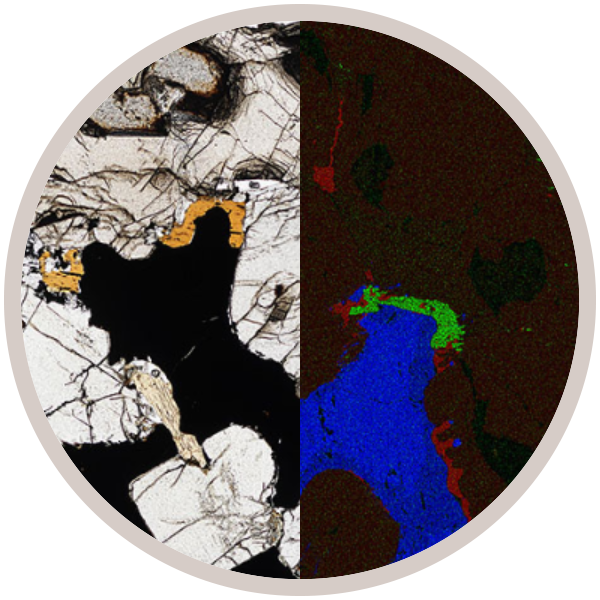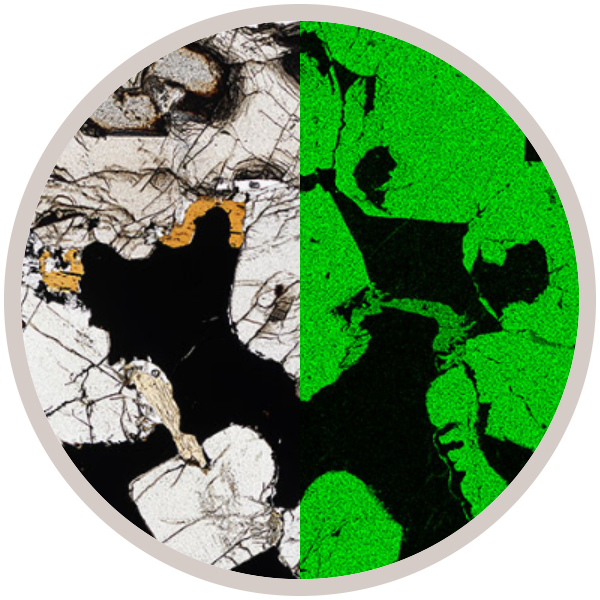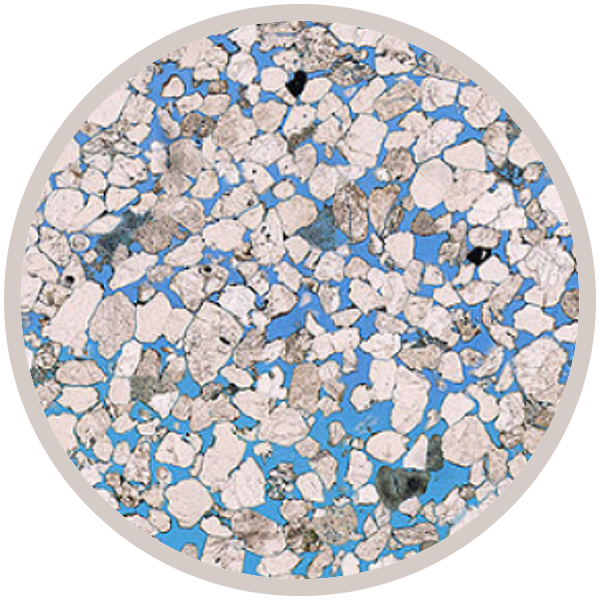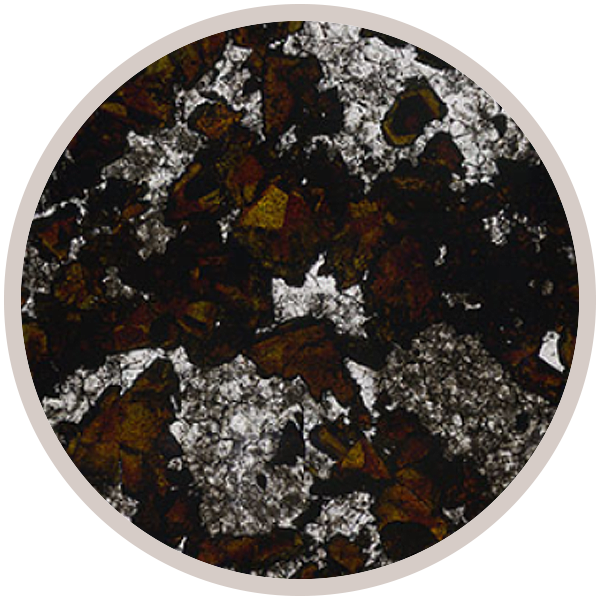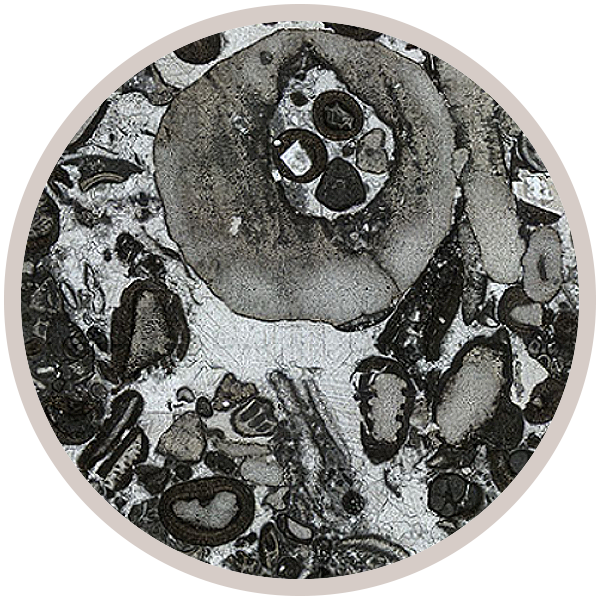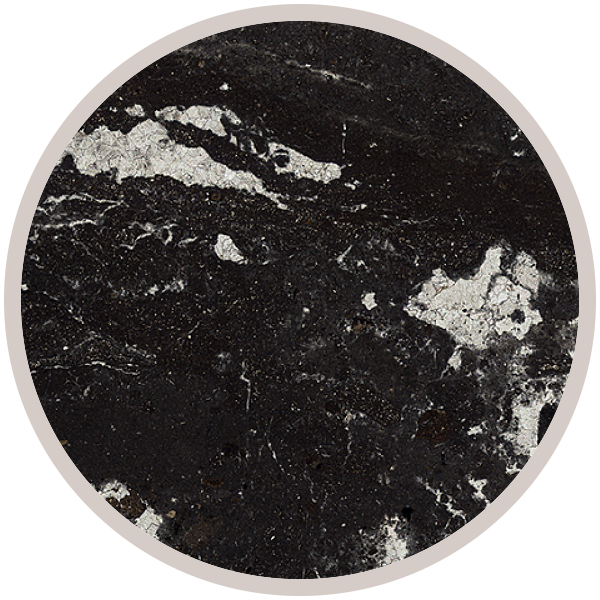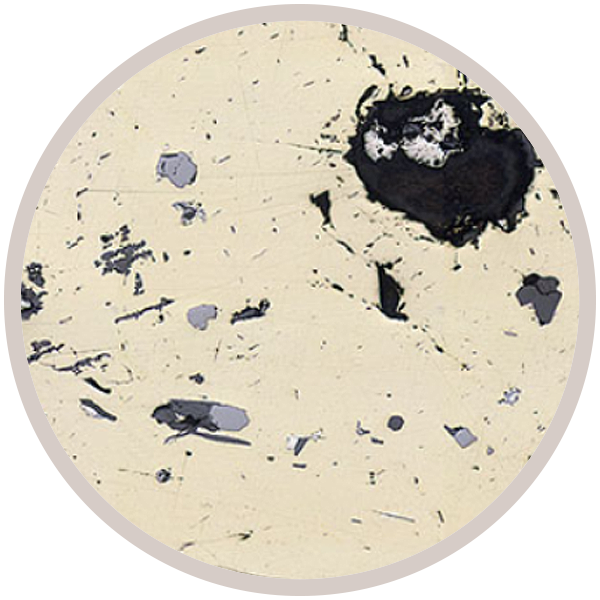
Fact sheet
Massive copper ore consisting of chalcopyrite and exsolved mackinawite, Clarabelle Open Pit, Sudbury Igneous Complex, Ontario, Canada. A few scan lines are present around the margins of the REF XPL mosaic.
Rotation 1 - reflected light pair showing mackinawite ribbons and inclusions within chalcopyrite. Note the strong bireflectance of mackinawite in XPL.
A group of iCRAG members (UCC, TCD, NUIG and UCD) in partnership with The Open University have created a new collection of Irish rocks and associated learning materials for the Virtual Microscope of Earth Sciences.
The project which is entitled 'The Geoscience e-Laboratory (GeoLab): Developing Digital Teaching and Learning Resources for the Virtual Microscope' seeks to develop open access teaching resources in the form of interactive exercises and assessment rubrics for the Virtual Microscope. Find out more about the project at the GeoLab website.
The Collection was created using funding from the Faculty of Engineering, Mathematics and Science at Trinity College, Dublin, and the National Forum Teaching and Learning Enhancement Fund. One sample (Merensky Reef) showcasing x-ray element maps in addition to the usual PPL/XPL/REF images was funded by Prof. Balz Kamber's MetalIntelligence EU training network grant.
Sample details

